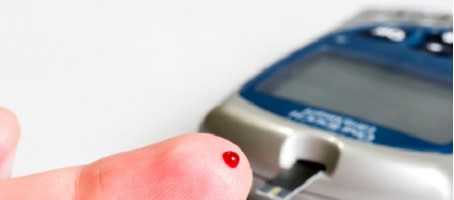Women who participated in a diabetes study 12 years ago have been re-traced to see how blood sugar levels in pregnancy have affected them and their children.
Of approximately 28,000 women who participated in the worldwide study while they were pregnant, 2,000 were from the city of Manchester. Of those, 100 (mothers and their children) have been located and contacted so far by staff at The University of Manchester and Central Manchester University Hospitals NHS Foundation Trust for their part of the Hyperglycaemia and Pregnancy Outcomes (HAPO) Follow-up Study.
Funded by the U.S. National Institute of Health (NIH), the aim of the initial study was to help understand how blood glucose levels in pregnancy might affect the unborn child in healthy mothers who did not have diabetes.
All women who took part in the research a decade ago were given an oral glucose tolerance test and had the size of their babies measured a day after giving birth.
“In the original study 10 years ago we found that the higher the mother’s sugar level in pregnancy (but well below the level that we would diagnose as diabetes) the more likely her baby was to be bigger than expected,” Professor Peter Clayto, Paediatric Endocrinologist at the Royal Manchester Children’s Hospital and lead author of the HAPO follow-up, said.
“As a result, the mothers were more likely to need a caesarean for delivery. Also in those who delivered normally, there was a higher than expected rate of difficulties with delivery for both mother and baby.
“This study will help us to understand how blood sugar levels in pregnancy have affected the children as well as the mothers a decade later and may be even give us some answers about how we could prevent our next generation from developing diabetes and the debilitating health problems that are associated with it.”
For the follow-up, mothers and children born in the HAPO study will both have an OGT test to assess their blood glucose levels, insulin production and levels of blood fat, all of which are linked with the development of type 2 diabetes. Measurements of body size will also be taken to assess other known risk factors, such as BMI and waist circumference.
It is hoped the findings will help researchers to spot cases of early stage type 2 diabetes (prediabetes) and changes in diet and lifestyle can be made to “slow down and may be even prevent future cases.”
Prof Clayton and his team hope to trace at least 800 of the original 2,000 study participants from the Manchester area.
What's new on the forum? ⭐️
Get our free newsletters
Stay up to date with the latest news, research and breakthroughs.



